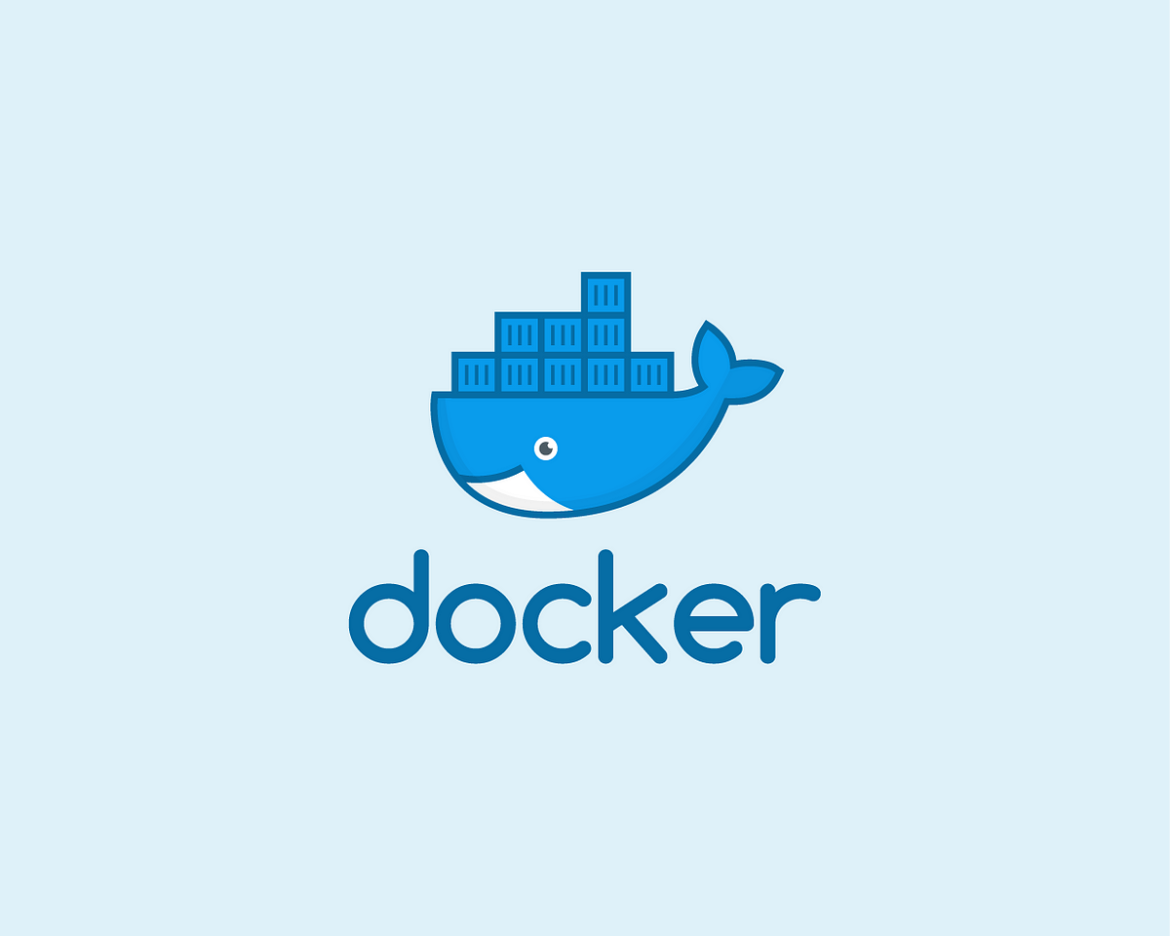Table of Contents
In this article, you’ll learn Why Docker is known for its incredible speed and understand the logic behind it.
What is Docker ?
Imagine you have a really cool app. Docker is like a special box you can put your app in. This box makes sure your app works the same way, no matter where you put it. It’s like having a portable house for your app.
Why Docker is fast ?
Docker is known for its incredible speed primarily due to its underlying architecture and key design principles. Let’s explore the reasons behind Docker’s speed and the logic behind its performance.
Containerization
Docker utilizes containerization technology, allowing applications to run in isolated environments called containers. Containers are lightweight and provide consistent and reproducible execution environments, resulting in faster startup times and reduced resource overhead compared to virtual machines (VMs).
- Imagine packing your clothes for a trip. Instead of taking your entire wardrobe, Docker only packs the essentials for your app to run. This makes the package much smaller and quicker to move around.
Layered File System
Docker employs a Copy-on-Write (CoW) file system that uses a layered approach. Docker images consist of multiple layers representing changes to a base image. These read-only layers are stacked, and during container startup, a writable layer is created on top. This approach optimizes storage and facilitates fast container creation.
- Imagine building a tower with blocks. Each block adds something new to the tower. Docker does something similar with apps. It builds apps in layers. Each layer adds a piece of the app.
- These layers are like snapshots. Once a layer is made, it can’t be changed. This makes things faster and saves space. When you want to run the app, Docker puts a special block on top where it can make changes.
- This way, Docker can reuse parts of old apps to build new ones quickly, saving time and space.
Image Caching
Docker implements a caching mechanism for container images. When pulling an image, Docker checks if it exists locally and uses the cached version, eliminating the need to download it again. This caching mechanism speeds up image retrieval, particularly for shared base images and automated build processes.
- Imagine downloading a big video game. It takes a long time, right? Now, imagine if you could save that game on your computer after downloading it once. The next time you want to play, you wouldn’t have to download the whole thing again. That’s basically what Docker does with its image cache.
Incremental Builds
Docker enables incremental builds by leveraging the layered file system. It analyzes the Dockerfile and only rebuilds the necessary layers when changes occur. This approach saves time by skipping the rebuilding of unchanged layers, resulting in faster image builds.
- Lego bricks: Docker builds apps like building with Legos. It reuses parts of old builds to create new ones faster.
Resource Efficiency
Docker optimizes resource utilization by dynamically allocating resources to containers based on their requirements. It utilizes control groups (cgroups) and namespaces to isolate and limit resource usage, ensuring efficient utilization and avoiding resource contention.
- Imagine you’re sharing an apartment with roommates. You wouldn’t want one person to use all the hot water, right? That’s where Docker gets smart.
- Docker acts like a fair roommate. It divides up the computer’s resources (like CPU power, memory, and internet) into smaller parts. Then, it gives each app (or “container”) only the amount it needs. This way, no app hogs all the resources, and everyone gets a fair share.
Networking Efficiency
Docker provides its own networking system, facilitating efficient communication between containers and the outside world. It uses virtual network interfaces and IP address mapping, minimizing network overhead and enhancing performance.
- Imagine you have several roommates, each with their own laptop. Docker is like a smart router that helps these laptops talk to each other and the internet without any fuss.
- Instead of giving each laptop a real-world address, Docker gives them special addresses that only work within your apartment (or computer). This way, they can chat quickly and easily without getting lost in the vast internet traffic.
Ecosystem and Community
Docker has a vast ecosystem and an active community that contributes to its development and optimization. The community-driven nature of Docker has led to continuous performance enhancements, bug fixes, and optimizations, further improving its speed and efficiency.
- Think of Docker as a popular sports car. Not only is the car itself built to be fast, but it also has a huge group of fans who are always trying to make it even better.
- These fans, or the Docker community, are like a pit crew. They constantly work on improving the car (Docker) by finding ways to make it faster, fixing any problems (bugs), and adding new features to make it even more awesome.
By combining containerization, layered file system, image caching, incremental builds, resource efficiency, networking optimizations, and community contributions, Docker has established itself as a platform known for its incredible speed in deploying and executing applications.
